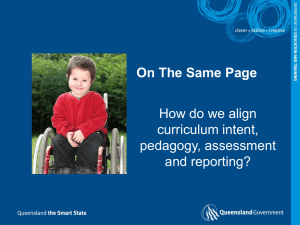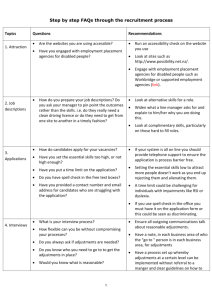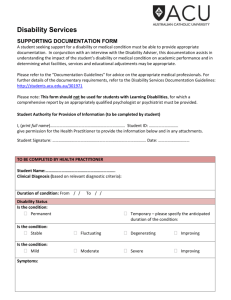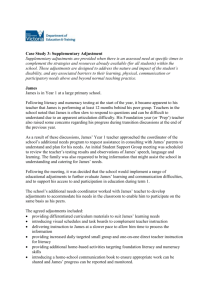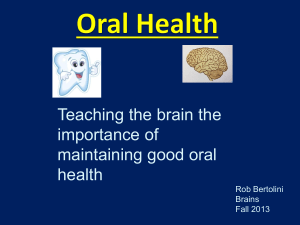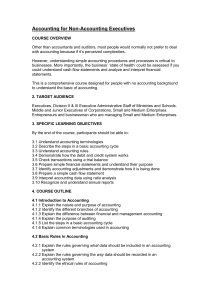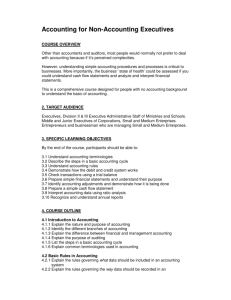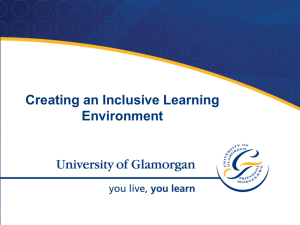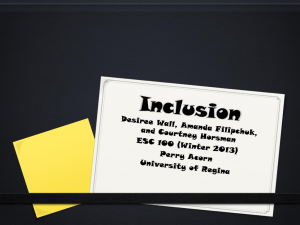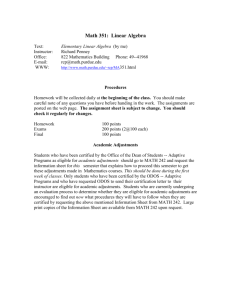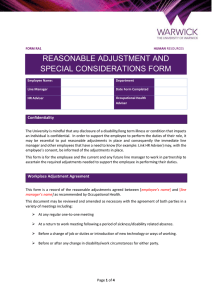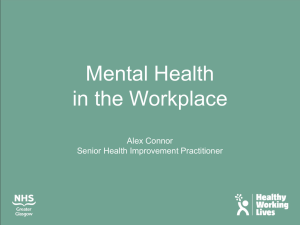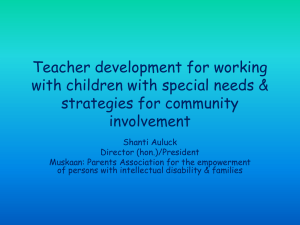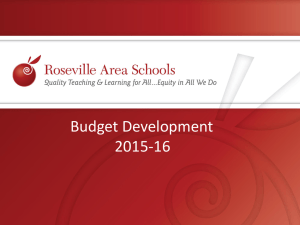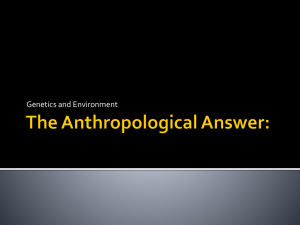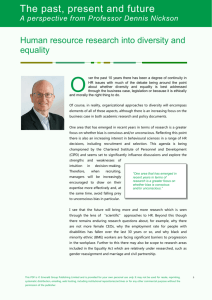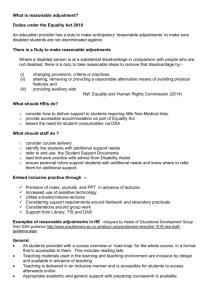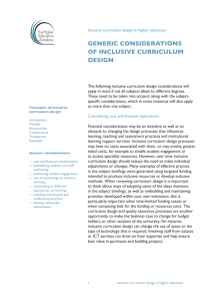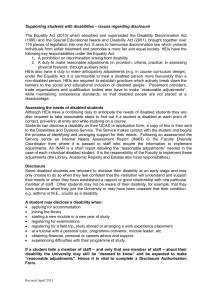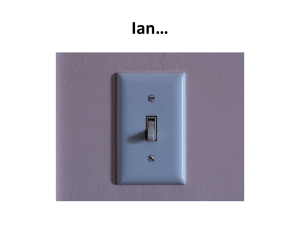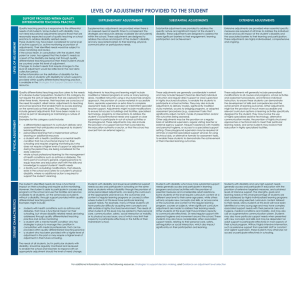Teaching Methods
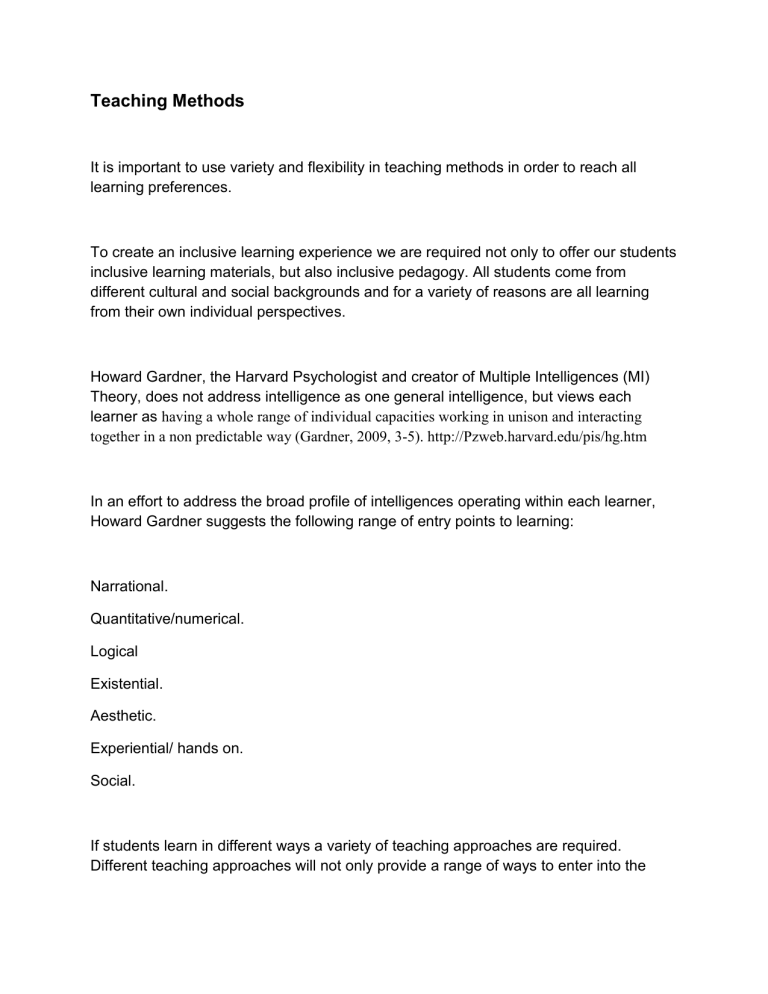
Teaching Methods
It is important to use variety and flexibility in teaching methods in order to reach all learning preferences.
To create an inclusive learning experience we are required not only to offer our students inclusive learning materials, but also inclusive pedagogy. All students come from different cultural and social backgrounds and for a variety of reasons are all learning from their own individual perspectives.
Howard Gardner, the Harvard Psychologist and creator of Multiple Intelligences (MI)
Theory, does not address intelligence as one general intelligence, but views each learner as having a whole range of individual capacities working in unison and interacting together in a non predictable way (Gardner, 2009, 3-5). http://Pzweb.harvard.edu/pis/hg.htm
In an effort to address the broad profile of intelligences operating within each learner,
Howard Gardner suggests the following range of entry points to learning:
Narrational.
Quantitative/numerical.
Logical
Existential.
Aesthetic.
Experiential/ hands on.
Social.
If students learn in different ways a variety of teaching approaches are required.
Different teaching approaches will not only provide a range of ways to enter into the
learning, but will also help a student develop multiple representations of a concept and thereby provide the student with a deeper understanding of the topic.
Some examples of different teaching methods are:
The lecture
Seminars or class discussion.
Group work.
Off campus learning.
Problem Based Learning.
Internet discussion groups.
Some tips for inclusive teaching:
Circulate handouts on the Internet prior to a lecture especially if the handout is being used or discussed in class.
Ensure students are provided with timetables in an accessible and timely fashion.
Spell out new or unusual vocabulary on the board or in PowerPoint presentations.
When using visual aids allow students time to observe the information before you talk about it. This time can be used to describe the aid for those who have difficulty seeing it.
Teaching a student with a disability:
Identify your teaching objectives and the learning outcomes they are meant to deliver for a given activity.
Identify any difficulties that you’re teaching environment. Methods and materials will cause the student. Might this make this difficult for them to achieve the learning outcomes? Is it possible for them to achieve the learning outcomes another way. You should discuss this with the student
– do not make assumptions.
In consultation with the student and the staff member who is coordinating their support, identify the reasonable adjustments you can make to your teaching methods and materials to meet the students needs without compromising the teaching objectives and learning outcomes. If necessary get advice from other staff in your institution on what constitutes a reasonable adjustment. Let the student know about the adjustments to be made.
If the student has an individual from special support staff (e.g. an educational assistant, a mentor or a scribe) find out what their role is and discuss how the three of you can work together effectively.
Agree which actions will be taken by you, which by your institution and which by the student to provide the reasonable adjustments you have identified. These actions may include actions taken before, during and after a given teaching activity.
Don’t assume this will help you to determine adjustments for another student – each student must be considered individually.
After working with the adjustments for awhile review them with the student and make any changes required.
What students from University College Cork say about teaching methods.
‘For one subject it is more the traditional lecture and PowerPoint displays, but for another subject we have a sort of group discussion. This is a positive thing and you retain a lot more. The idea is that you are expected to read the material before class and critically analyse it. Questions are provided to help a student reflect and then bring their thoughts to class.
’ (non disabled student)
‘For one subject which I like there is a great interaction. It is far more engaging. I think this helps you retain more.
’ (student with a disability)
‘It was during practical application that things became clear to me. The more you have the opportunity to use knowledge the more you are going to appreciate it and understand it.
’ (non disabled student)
‘I experienced a field trip once while studying a Fetac course prior to UCC and found this a very positive experience. It is not all coming into college studying off theories. You can go out and actually experience what you have been learning inside of class.
’
(student with a disability)
The research from which these quotations have been extracted can be found at www.ucc.ie/en/dss/publications/research
